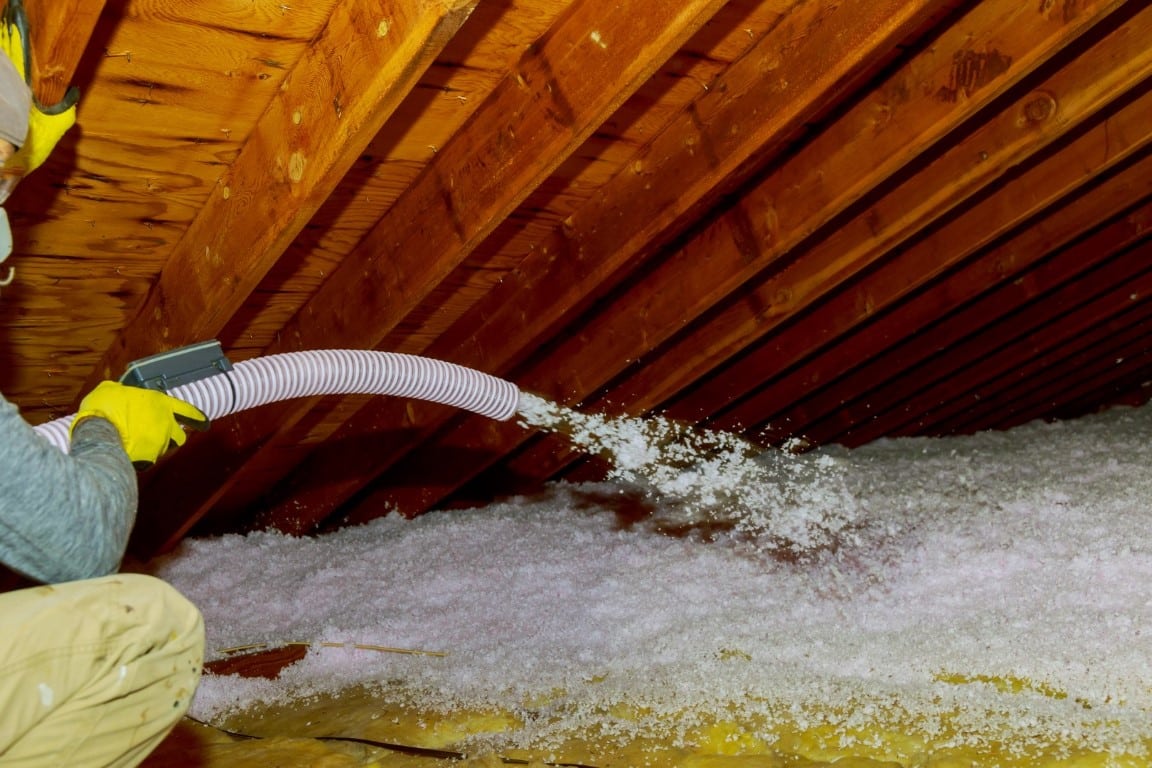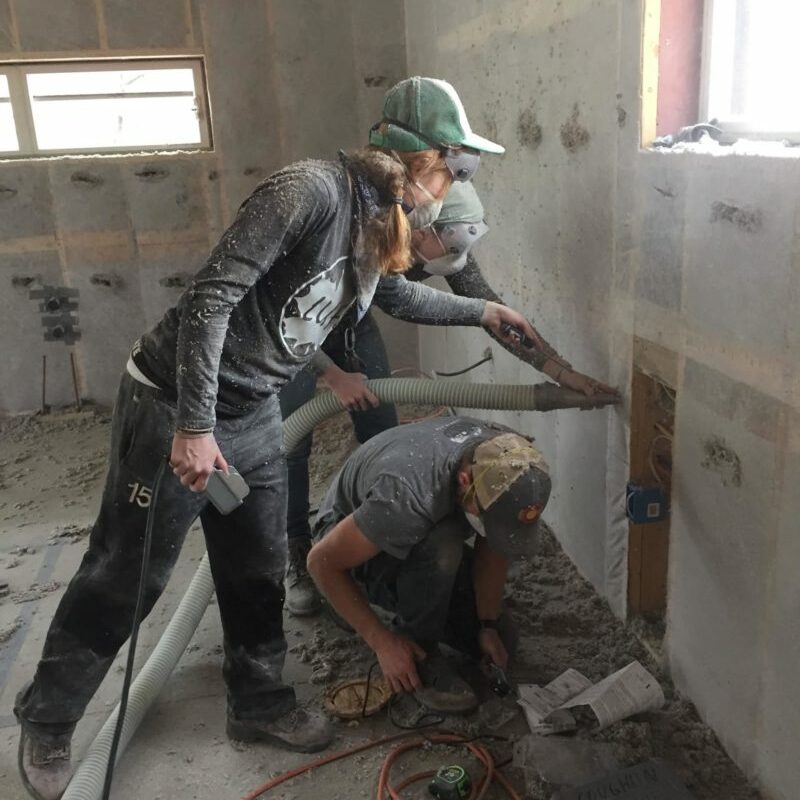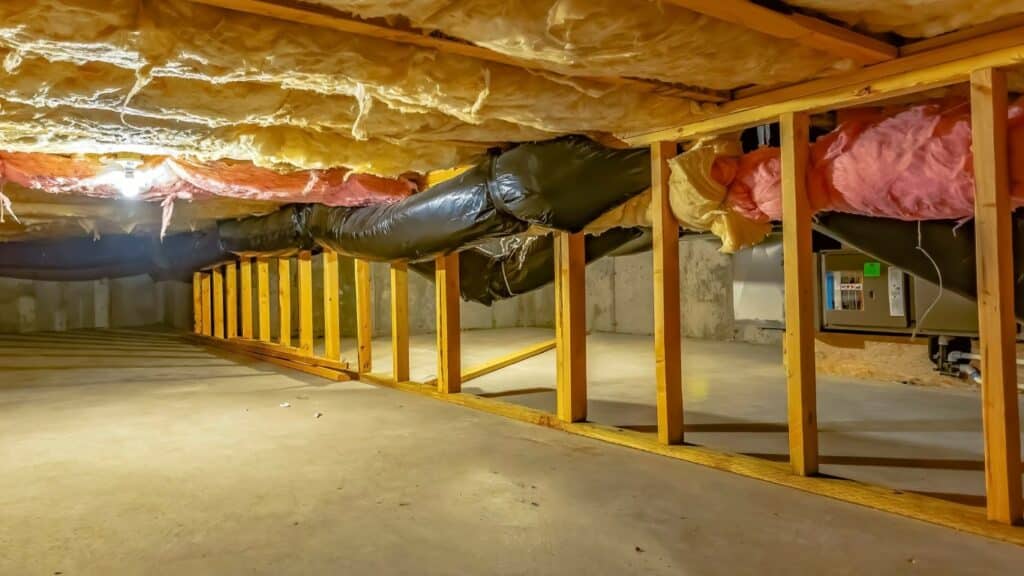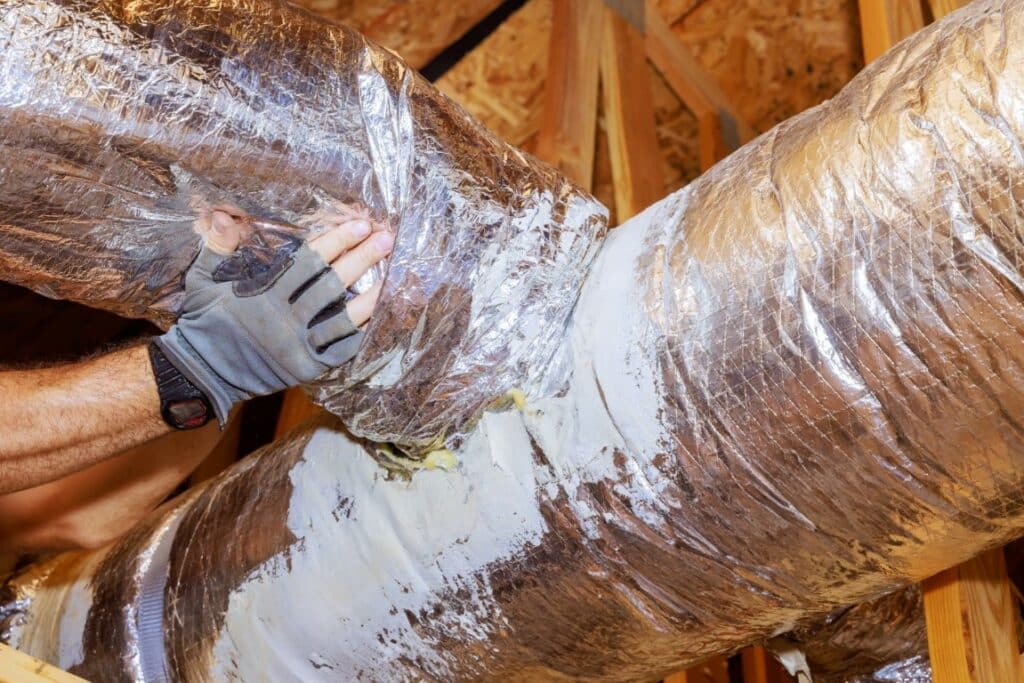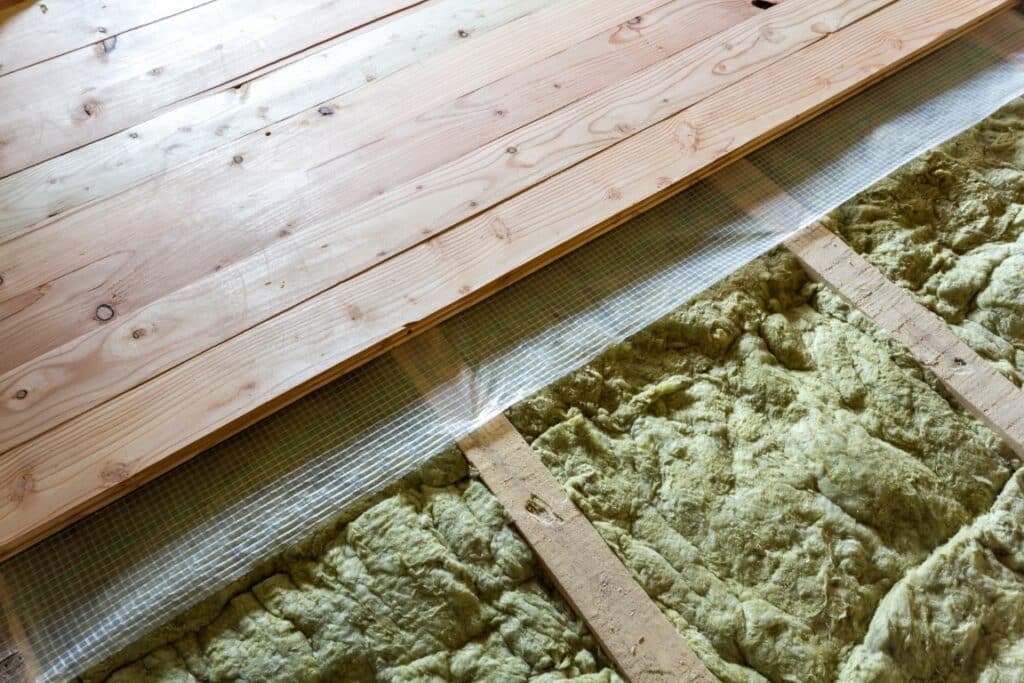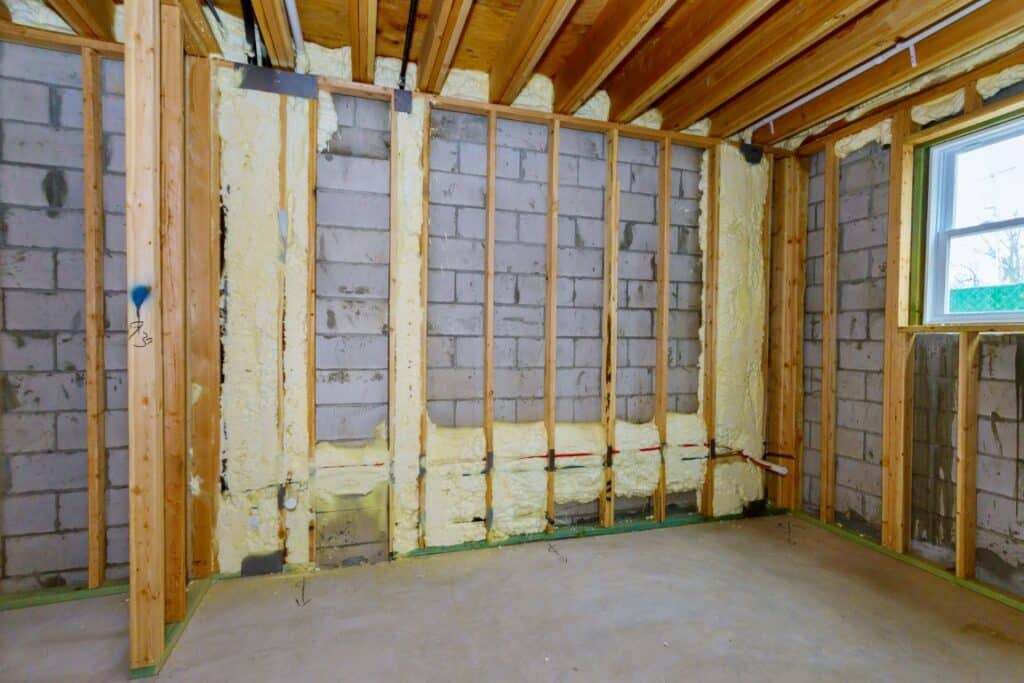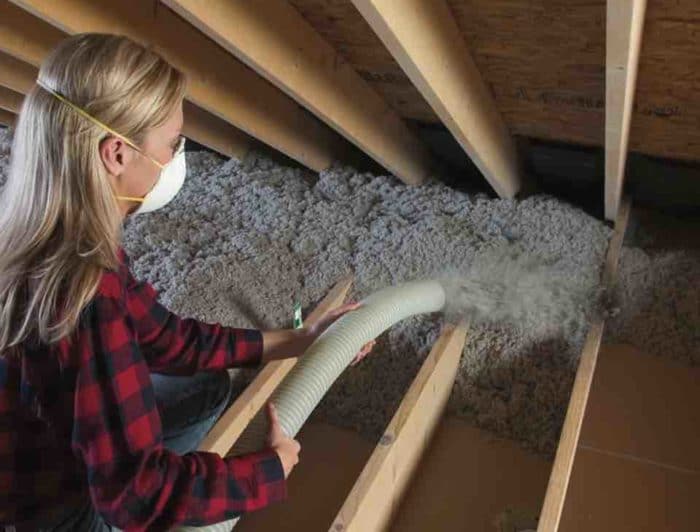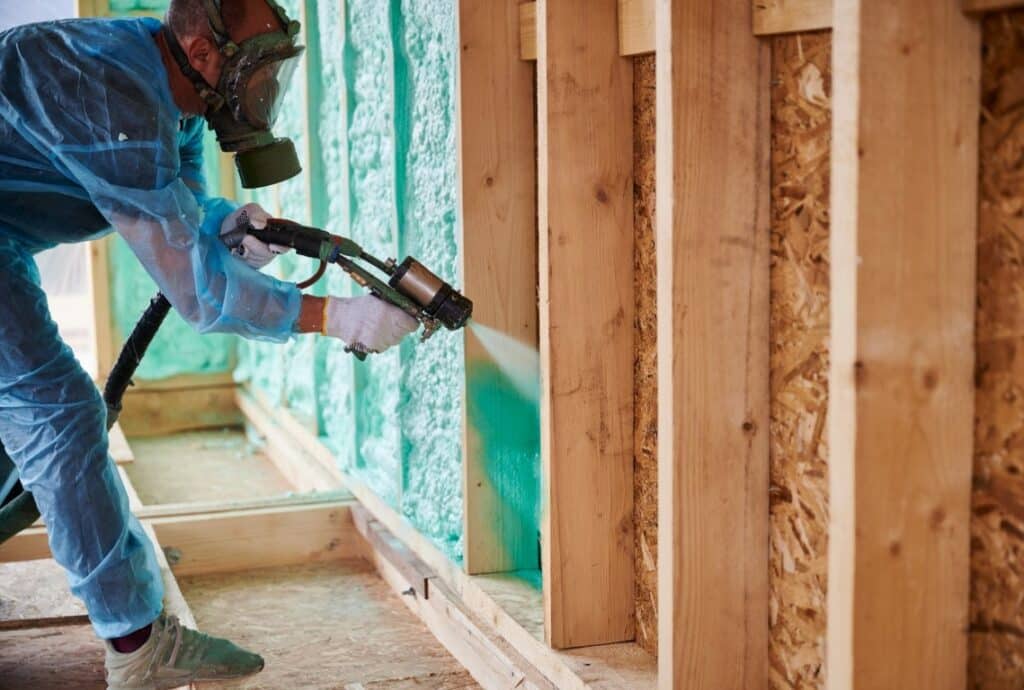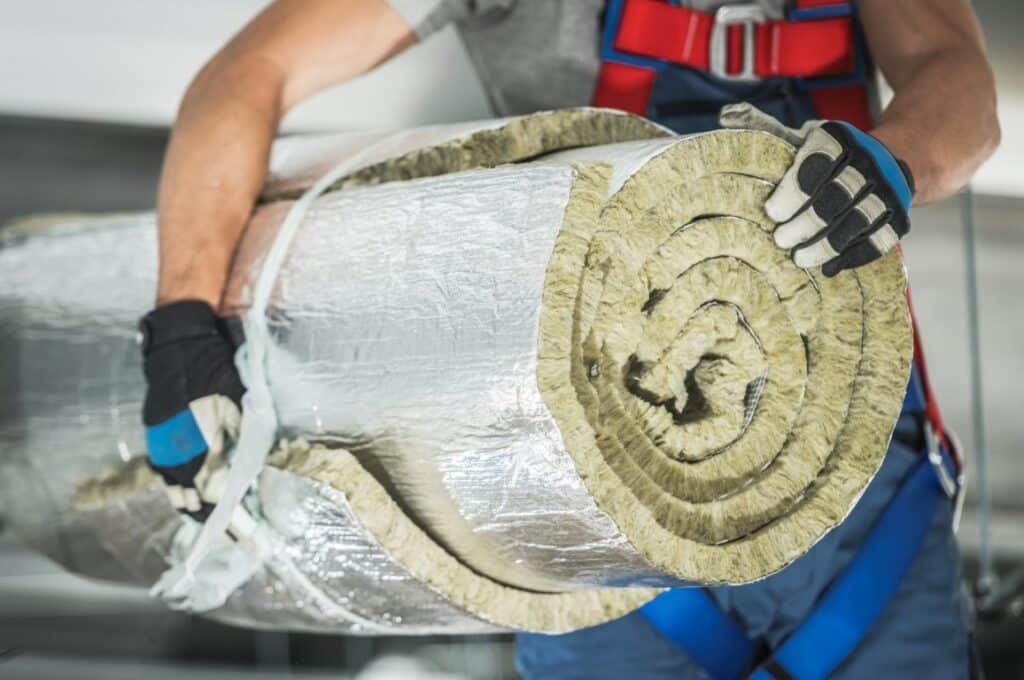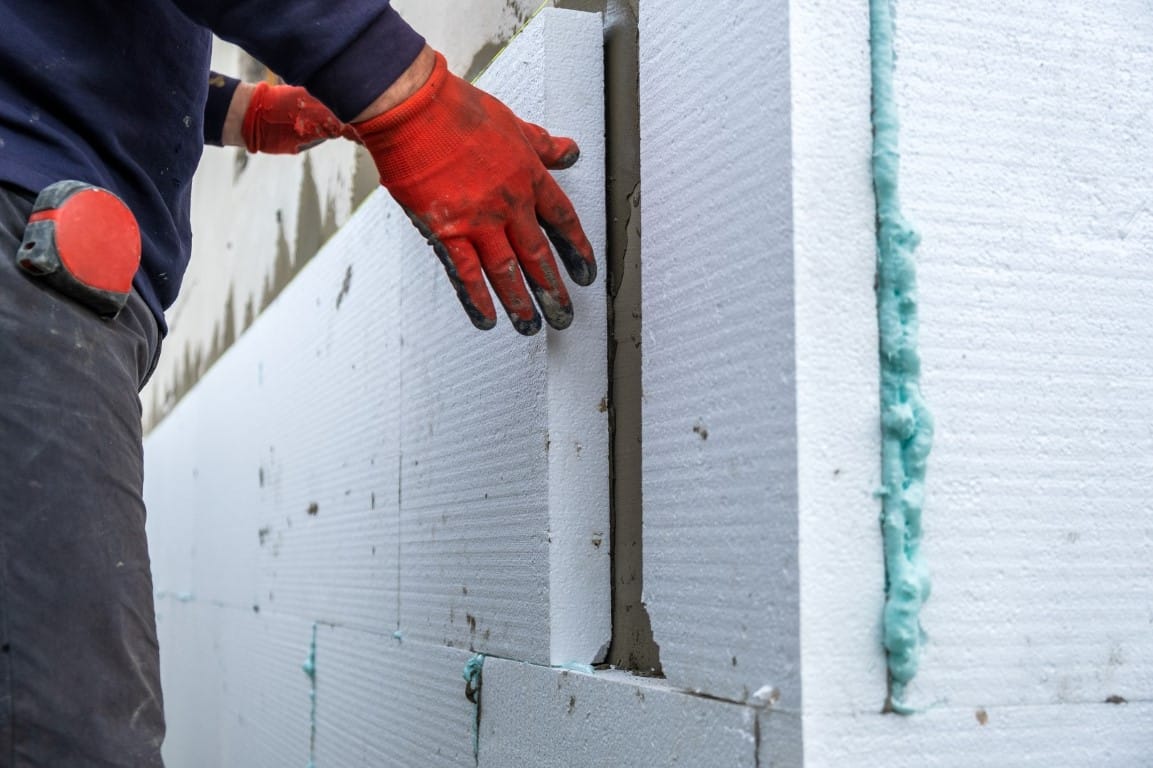Cellulose Insulation Rebates 75-100% off costs.


Earn back between 75%-100% of your investment for comprehensive home insulation with blown cellulose rebates. Energize Connecticut programs will reimburse $1.70 per square foot for Eversource and United Illuminating clients.
Ideal for attics, walls, and difficult-to-reach areas, our high-quality cellulose insulation is made from recycled materials and is designed to keep your home warm in the winter and cool in the summer. Blown-in cellulose insulation offers superior thermal and soundproofing benefits. Explore the benefits, installation process, and cost-effective nature of blown-in cellulose insulation and learn how you can improve your living environment.
Types and Properties of Blown Cellulose Insulation
Blown cellulose insulation is a sustainable and efficient way to insulate homes and buildings. Made primarily from recycled newsprint, cellulose insulation is treated with borate to enhance its fire retardancy, mold deterrence, and insecticide properties. The addition of mineral oil helps to suppress dust and improve the bond between the fire retardant and cellulose fibers. This type of insulation is known for its excellent thermal properties, soundproofing abilities, and moisture management.
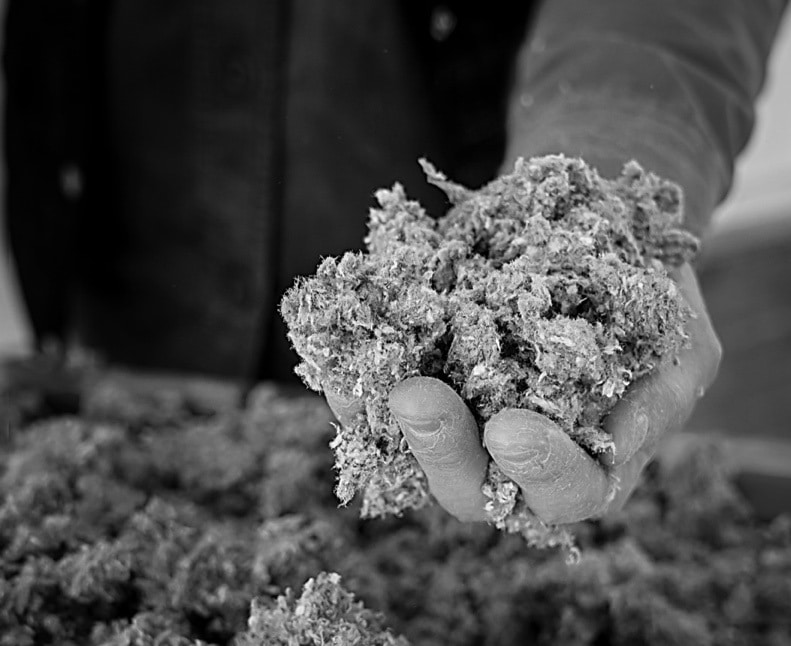
Environmental Impact: Cellulose insulation is one of the greenest materials available, with a composition of about 83% recycled content. Its production consumes less energy compared to other insulating materials, contributing to its low environmental footprint.
Moisture Management: Cellulose's hygroscopic nature allows it to manage moisture effectively, preventing mold and rot by dispersing moisture and keeping concentrations per inch very low.
Fire Resistance: Treated with borate, cellulose insulation is highly fire-resistant, slowing the spread of fire and producing minimal smoke, enhancing safety in case of a fire.
Soundproofing: Cellulose insulation provides superior soundproofing, with high STC and NRC ratings, making it an excellent choice for reducing noise transmission.

Installation of Blown Cellulose Insulation
The installation of blown cellulose insulation requires specialized equipment and should be performed by professionals.
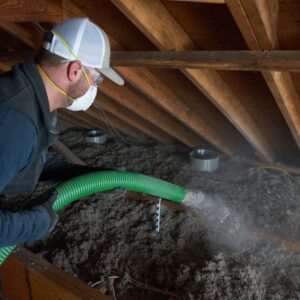
The process involves:
- Preparation: Before installation, the area must be prepared, including sealing any air leaks and ensuring proper ventilation. This preparation ensures that the insulation will perform effectively.
- Blowing the Insulation: Using a specialized machine, the cellulose is blown into the desired area at high pressure. In attics, it is typically applied directly to the floor, while in walls, it is blown into cavities through small holes that are later sealed.
- Density and Coverage: The installer will ensure that the cellulose is evenly distributed and reaches the correct density, which is crucial for its thermal and acoustical performance.
- Post-Installation: After installation, any access holes in walls are sealed, and the workspace is cleaned to remove any residual material.
Cost of Blown-in Cellulose Insulation
The cost of blown-in cellulose insulation is generally competitive, offering a cost-effective solution for improving a home’s energy efficiency. Factors affecting cost include the area to be insulated, the thickness of the insulation, and any additional labor for preparation or finishing work.
Comparison with Other Insulation Types:
- Cellulose vs. Rigid Insulation: Rigid foam insulation may have a higher upfront cost and is more commonly used for external applications or in areas where space is limited. Cellulose is often preferred for internal wall and attic spaces due to its lower cost and superior soundproofing.
- Cellulose vs. Spray Foam Insulation: Spray foam typically costs more than cellulose but offers higher R-values and better air sealing. The choice between the two may depend on specific project needs and budget constraints.
- Cellulose vs. Batt/Blanket Insulation: While the initial cost of batt insulation may be lower, blown-in cellulose provides a more airtight seal, better moisture control, and superior soundproofing, which can translate to greater long-term savings and comfort.
Ultimately, the investment in blown-in cellulose insulation can lead to significant energy savings, making it a cost-effective option in the long run. Homeowners should also consider available energy rebates and incentives, which can further offset the initial cost and enhance the value of their investment in cellulose insulation.
Where to Use Cellulose Insulation
-
Cellulose Insulation for Attics?

Cellulose Insulation for Attics?
Blown cellulose insulation in attics fills gaps and crevices, providing an excellent thermal barrier and reducing overall energy costs by preventing heat escape.
-
Cellulose Insulation for Walls

Cellulose Insulation for Walls
Blown cellulose insulation is a great option for wall cavities, as it conforms well to irregular spaces and provides effective thermal and sound insulation.
-
Cellulose Insulation for Basements

Cellulose Insulation for Basements
In basements, blown cellulose can be used between wall studs, offering superior moisture control and enhancing thermal performance without taking up valuable living space.
-
Cellulose Insulation for Ceilings

Cellulose Insulation for Ceilings
Applying blown cellulose insulation above ceilings effectively reduces noise transmission between floors and helps maintain consistent indoor temperatures year-round.
-
Cellulose Insulation for Crawlspaces

Cellulose Insulation for Crawlspaces
Blown cellulose insulation in crawl spaces prevents heat loss through floors, contributing to warmer floor surfaces and improved overall home comfort.
-
Cellulose Insulation for Ducts

Cellulose Insulation for Ducts
While less common, blown cellulose can be applied around ductwork in non-enclosed spaces to improve thermal efficiency and reduce energy leakage.
-
Cellulose Insulation for Floors

Cellulose Insulation for Floors
Blown cellulose insulation under floors, particularly in drafty or unheated spaces, provides an effective thermal barrier that keeps indoor spaces warm and reduces energy bills.
-
Cellulose Insulation for Foundations

Cellulose Insulation for Foundations
Although not typically used directly against foundations, blown cellulose can be applied in framed walls in basement areas to enhance thermal insulation and soundproofing.
Qualify for Cellulose Insulation Rebates by Getting a Home Energy Audit
$0
$0
Average Annual Energy Savings$0
Weatherization Service Value$0
Average 1st Year SavingsRebates for Cellulose Insulation
| Energize CT Rebate: $1.70 per Square Foot | |
|---|---|
| Avg. Initial Cost | $1500-$10000 |
| Max Rebate | N/A |
| Avg. Lifetime Savings | $4000 |
Claim up to $1.70 per square foot on approved insulation projects recommended during a Home Energy Solutions assessment.This may cover between 75-100% of insulation costs!
| IRA Tax Credit: % of Costs | |
|---|---|
| 25C Max Credit | $1600 |
| 25D Max Credit | Uncapped |
The Inflation Reduction Act tax credit for weatherization in Connecticut offers homeowners a 30% tax credit for eligible projects, with a maximum claim of $1,200 per year. It covers insulation, air sealing, doors, windows, and energy audits. Weatherization reduces energy waste, lowers bills, and improves home comfort while decreasing carbon emissions.
| IRA Electrification Rebate: $1600 | |
|---|---|
| Upfront Discount | 50%-100% of Costs |
| Avg. Initial Cost | N/A |
Connecticut homeowners may be eligible to claim up to $1,600 for their weatherization project through the Inflation Reduction Act Electrification Rebate program, depending on their income. Low-income households can receive 100% coverage of weatherization costs, while moderate-income households can receive 50% coverage. (The total cap for Electrification Rebates across all qualified projects is $14,000.)
Other Types of Insulation
-
Spray Foam Insulation

Spray Foam Insulation
Spray foam is versatile, airtight and excellent for uneven surfaces and gaps.
Learn More -
Blanket/Batt Insulation

Blanket/Batt Insulation
Blanket/Bat/Roll insulation comes in a variety of materials and shapes providing even insulation levels with multiple compatible surfaces.
Learn More -
Rigid/Foam Insulation

Rigid/Foam Insulation
Rigid foam insulation is an excellent option for insulating flat surfaces and can be cut to size to fit exactly within or on top of gaps.
Learn More

